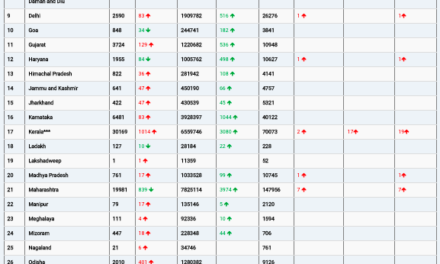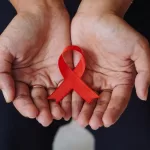Geneva, Switzerland – The World Health Organization (WHO) has called for heightened global surveillance of bird flu following the first confirmed human case in a child in the United States. Speaking at a press conference on Thursday, Maria Van Kerkhove, WHO’s director for epidemic and pandemic preparedness and prevention, emphasized the urgent need to monitor the virus more closely in animals and humans.
Since its emergence in 1996, the H5N1 avian influenza virus has increasingly spread among birds, mammals, and, in rare cases, humans. Recent years have seen a surge in outbreaks, with infections detected in poultry, wild birds, and mammals such as swine and dairy cattle. “We need much stronger surveillance in animals—wild birds, poultry, and other susceptible species—to better understand how the virus circulates,” Van Kerkhove said.
The strain has devastated poultry populations globally, leading to the deaths of tens of millions of birds. Sporadic human infections, primarily linked to exposure to infected animals, have also been recorded in Europe and the United States.
Last week, U.S. health officials reported that a child in California tested positive for H5N1, marking the country’s first pediatric case. The child, who experienced mild symptoms, is recovering at home following treatment with antiviral medication. Authorities offered preventive care to exposed contacts at the child’s daycare center.
So far in 2024, 55 human cases of H5 bird flu have been reported in the United States, with 29 in California, according to the U.S. Centers for Disease Control and Prevention (CDC). Most cases involved direct contact with infected animals, and there is no evidence of human-to-human transmission.
Despite the low risk to the general public, WHO and U.S. officials urge caution, particularly for those working with livestock. “We need stronger efforts to reduce the risk of infection between animals and from animals to humans,” Van Kerkhove said, highlighting the importance of testing, protective equipment, and biosecurity measures.
The WHO reiterated the need for global preparedness, drawing parallels to its role during the COVID-19 pandemic. “We’re not in a flu pandemic yet,” Van Kerkhove said, “but we must remain vigilant and prepare for that possibility.”
As the virus continues to evolve, experts are calling for collaboration across nations to bolster surveillance and mitigate the risks of a future pandemic.












